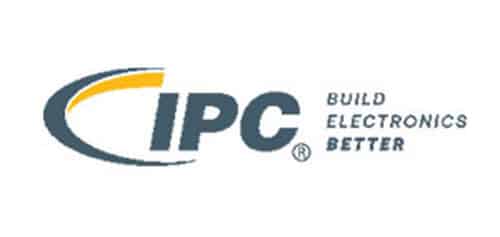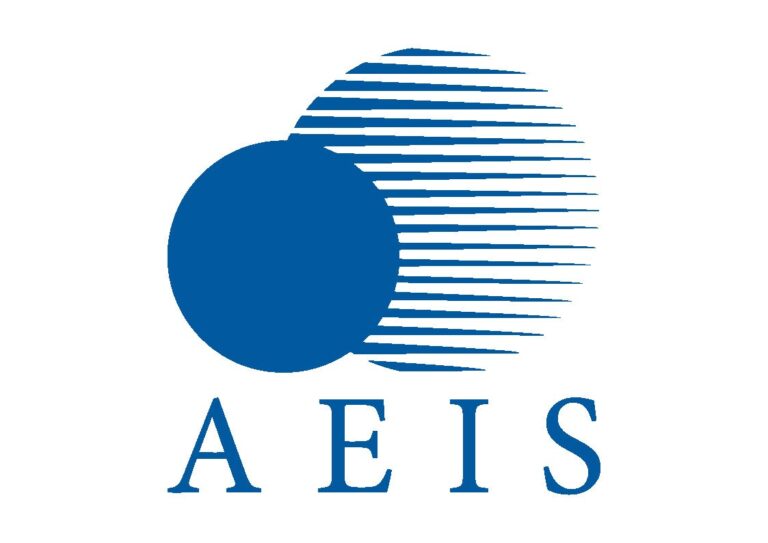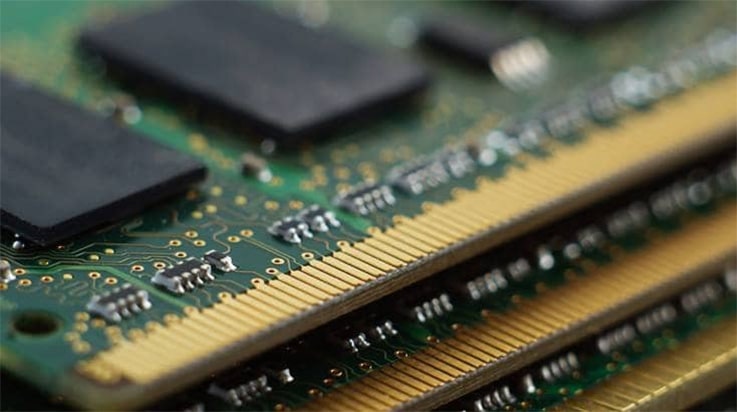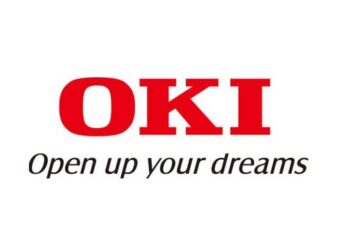In a rapidly evolving automotive industry where computerization and autonomous driving take center stage, the demand for advanced non-volatile memory (NVM) technologies has reached unprecedented heights. Traditional options like FRAM and NOR flash have paved the way, but their limitations in terms of performance, endurance, and power consumption have ignited the search for a game-changing alternative. Enter MRAM (Magnetoresistive RAM), a magnetic superhero that is revolutionizing the automotive memory landscape.
According to a recent market research report by Market Research Future, the global MRAM market is projected to skyrocket to a value of $3.5 billion by 2025, growing at an astonishing compound annual growth rate (CAGR) of 38%. This surge in demand is driven by the automotive sector’s insatiable appetite for advanced memory technologies in the era of autonomous vehicles and computerized automotive systems.
The Rise of MRAM in Automotive Applications
Imagine a memory technology that combines the best of both worlds: non-volatility and lightning-fast read/write operations. MRAM achieves exactly that by leveraging the magnetic properties of materials, delivering unmatched durability and resilience. In the demanding automotive environment, where data integrity and reliability are paramount, MRAM emerges as the ideal choice.
But what truly sets MRAM apart from its predecessors is its superior endurance. With the ability to handle an astounding number of read/write cycles, MRAM becomes a driving force for high-performance computing tasks in modern vehicles. Bid farewell to sluggish response times and say hello to real-time data processing in autonomous driving systems.
Unified Memory and Low Power Consumption
In a world where efficiency and simplicity reign supreme, MRAM offers a breakthrough feature: unified memory. This revolutionary concept enables the integration of storage and execution functions within a single chip. By eliminating the need for separate memory modules, MRAM not only saves valuable space but also significantly reduces power consumption and enhances overall system efficiency. It’s a remarkable transformation, akin to having a superhero with super strength and agility in one compact package. With unified memory, automotive applications become streamlined, performance soars, and power consumption plummets. Welcome to a new era of energy-efficient vehicles.
Challenges in Implementation and Usage
Even superheroes face challenges, and MRAM is no exception. One significant hurdle lies in the scalability of MRAM technology. While MRAM boasts impressive capabilities, the cell density is currently lower compared to conventional memory technologies like NOR flash. However, relentless research and development efforts are underway to overcome this hurdle and meet the growing demands of automotive applications.
Another challenge lies in the cost of MRAM fabrication. The automotive industry operates on a highly cost-sensitive model, and any significant increase in memory component costs could impact the overall affordability of vehicles. However, as technology advances and manufacturing processes evolve, the industry is actively working to drive down the manufacturing cost of MRAM, making it more accessible and economical for widespread adoption in the automotive market.
Autonomous Driving and MRAM
In the age of autonomous driving, NVM technologies face unique challenges. Autonomous vehicles generate and process vast amounts of data in real-time, demanding memory solutions with low latency, high endurance, and robust data retention capabilities. MRAM rises to the occasion, equipped with lightning-fast read/write speeds and unmatched endurance. It is the perfect companion for handling the data-intensive nature of autonomous driving. Moreover, MRAM’s non-volatility ensures data integrity even during power failures or system crashes, providing a crucial safety feature for autonomous vehicles.
Furthermore, MRAM’s resistance to extreme temperatures and radiation renders it highly reliable in automotive environments. Autonomous vehicles must operate flawlessly under various conditions, including harsh temperatures and electromagnetic interference. MRAM’s robustness makes it an ideal choice for critical automotive systems such as advanced driver-assistance systems (ADAS), sensor fusion, and decision-making algorithms.
As the automotive industry hurtles forward on the path of computerization and autonomous driving, the demand for memory technologies capable of meeting performance, endurance, and power requirements grows exponentially. MRAM, with its exceptional durability, lightning-fast speeds, low power consumption, and unified memory capabilities, stands out as a promising replacement for FRAM and NOR flash in the automotive market. While challenges related to scalability and cost must be addressed, MRAM’s suitability for autonomous driving applications and its ability to deliver robust performance in harsh automotive environments make it a force to be reckoned with. The memory landscape of the automotive industry is being reshaped, and with MRAM leading the charge, we can expect a future of safer, smarter, and more efficient vehicles. Brace yourself for the MRAM revolution!










